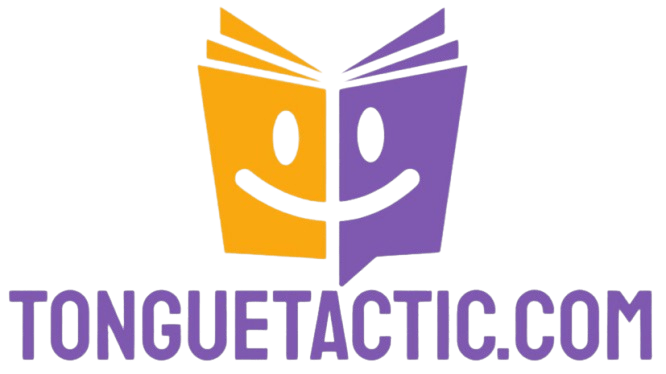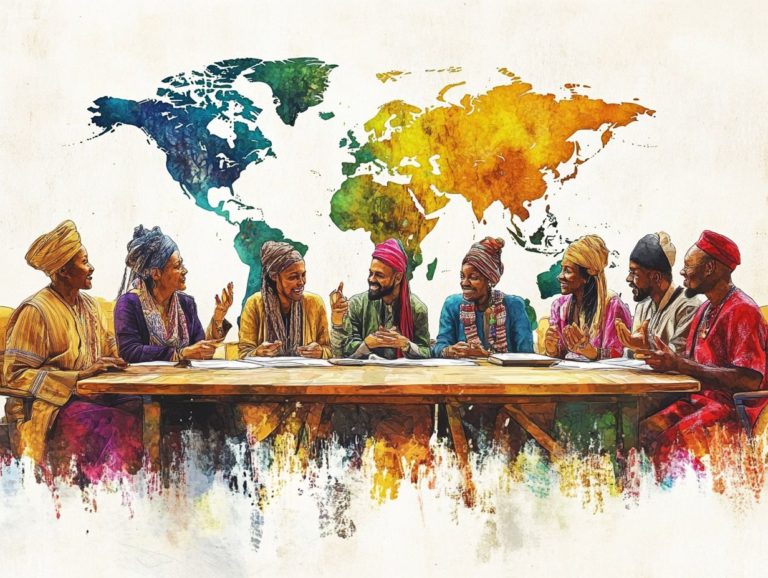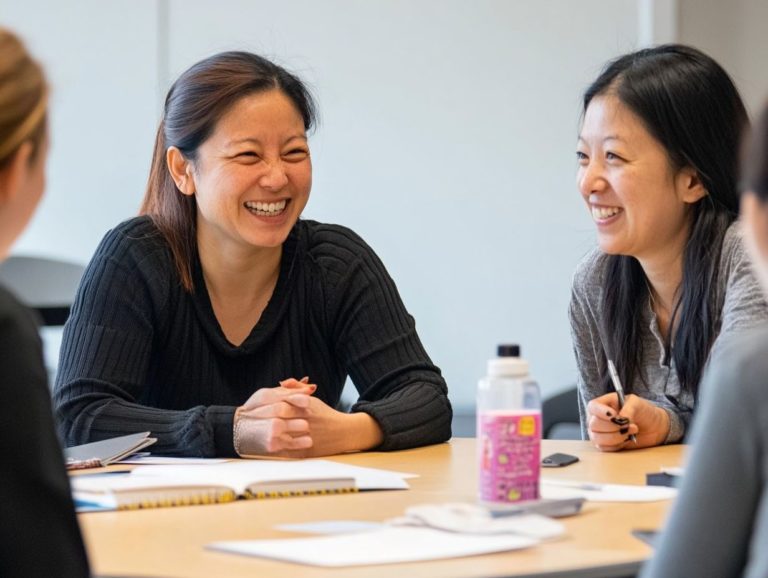how to explore cultural differences in language classes
In today’s globalized world, understanding cultural differences is essential for effective language learning.
This article highlights the importance of cultural diversity in language classes. It explores various methods to introduce these perspectives to your students.
You’ll discover practical strategies for culturally responsive teaching. Engaging activities can immerse learners in different cultures and elevate language instruction.
The discussion will also cover ways to navigate cultural misunderstandings. This ensures a richer and more inclusive classroom experience.
Embrace this opportunity to unlock the potential of cultural awareness in language education!
Contents
- Key Takeaways:
- Understanding Cultural Differences in Language Classes
- Exploring Different Cultural Perspectives
- Addressing Cultural Differences in Language Teaching
- Incorporating Cultural Activities in Language Lessons
- Navigating Cultural Misunderstandings in the Classroom
- Frequently Asked Questions
- 1. What is the importance of exploring cultural differences in language classes?
- 2. How can cultural differences be incorporated into language lessons?
- 3. What are some challenges when exploring cultural differences?
- 4. How can teachers address cultural differences respectfully?
- 5. What benefits do students gain from exploring cultural differences?
- 6. Can cultural differences be explored in virtual language classes?
Key Takeaways:

- Embrace cultural diversity in language classes to enhance learning and understanding.
- Use various methods like discussions, role-plays, and games to introduce cultural perspectives in class.
- Incorporate activities to immerse students in different cultures and enhance engagement.
Understanding Cultural Differences in Language Classes
Understanding cultural differences is essential for creating an inclusive environment for English language learners (ELLs).
Recognizing these differences enhances teaching strategies and boosts student engagement. You must appreciate how cultural diversity shapes students’ experiences in the classroom.
This awareness fosters a more empathetic approach to language instruction. Tailor your methods to meet the unique needs of multilingual learners.
Why Cultural Differences Matter in Language Learning
Cultural differences significantly influence language learning. They shape how students engage with the material and perceive language barriers.
Diverse backgrounds lead to varied expectations and values, affecting participation and collaboration in the classroom.
By nurturing empathy between educators and learners, classrooms become more inclusive. This shared understanding helps everyone navigate language obstacles, improving outcomes for all.
Exploring Different Cultural Perspectives
Exploring cultural perspectives enhances your educational experience. It broadens your understanding of diverse cultures and family customs.
This journey fosters appreciation for culture and promotes a rich tapestry of multicultural education, cultivating respect for various backgrounds.
Methods for Introducing Cultural Diversity in Class
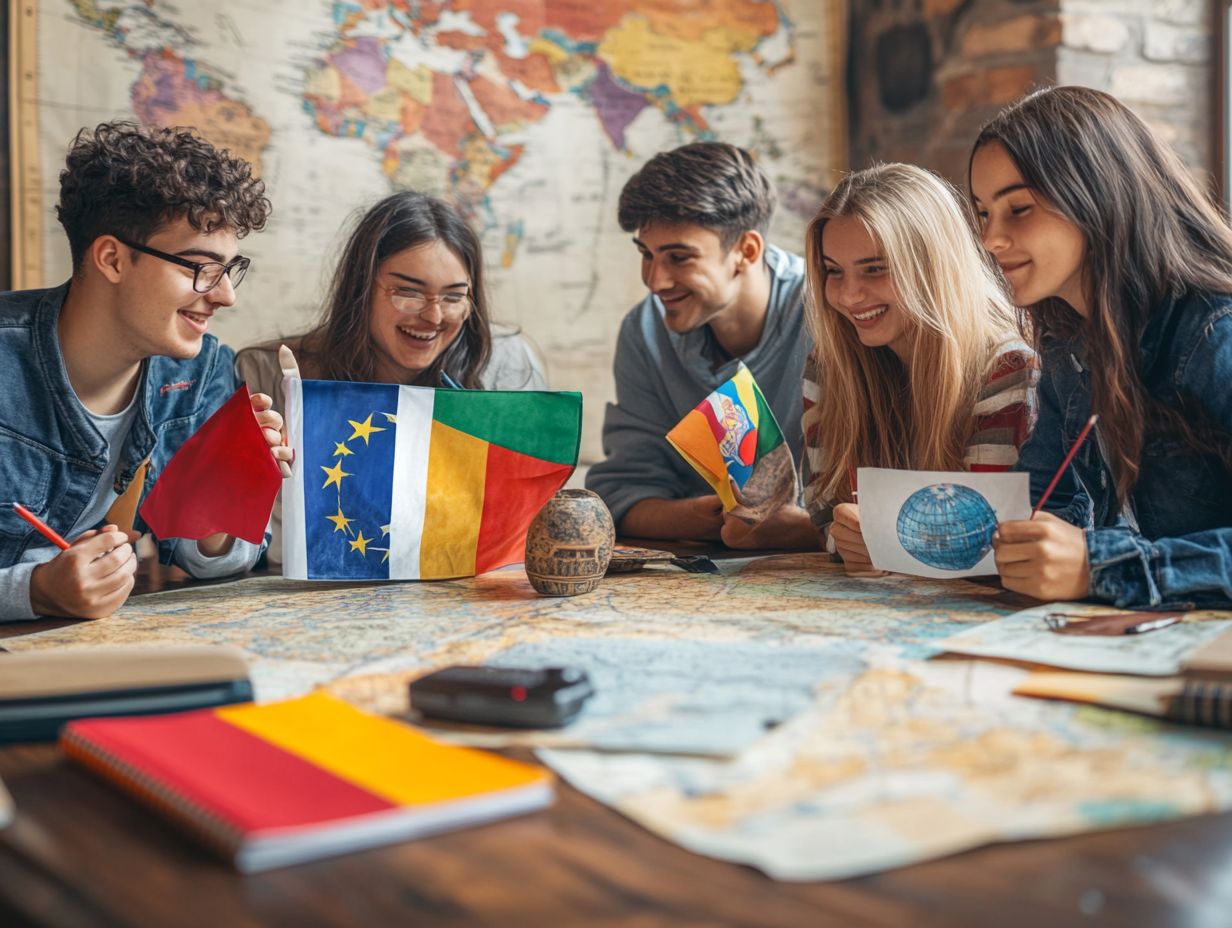
There are effective strategies for introducing cultural diversity in your classroom. Engaging activities using visual aids and collaborative techniques can create a welcoming environment.
Group work encourages students to share their unique perspectives, fostering meaningful discussions about cultural backgrounds.
Activities like cultural presentations or international potluck days invite students to showcase traditional foods or artifacts, sparking curiosity and dialogue among peers.
Role-playing exercises help students understand each other s viewpoints. This dynamic approach enriches interactions and cultivates global citizenship.
Addressing Cultural Differences in Language Teaching
Addressing cultural differences requires inclusive practices tailored to diverse learners. This approach enriches language instruction and promotes educational equity.
It cultivates a supportive learning environment that values every student s contributions.
Strategies for Teaching in a Culturally Responsive Way
Use various methods to engage students. Celebrate their unique backgrounds and experiences.
One effective approach to create an inclusive environment is to actively involve parents in the learning process. This creates a vital connection between home and school. Achieve this through regular communication about curriculum topics and encourage families to share their cultural stories. This enhances each student’s sense of belonging.
Implementing group work where students help each other creates collaborative environments. This allows them to share perspectives and learn from one another, enriching the educational experience.
These methods not only address the educational needs of diverse student demographics but also cultivate a supportive community that values every individual’s contributions.
Incorporating Cultural Activities in Language Lessons
Bring your language lessons to life with exciting cultural activities. This approach not only celebrates cultural festivities but also cultivates a sense of community support, making the learning environment more dynamic and engaging. Discover how to use local customs to enhance language skills for an even richer experience.
Ideas for Cultural Immersion and Engagement
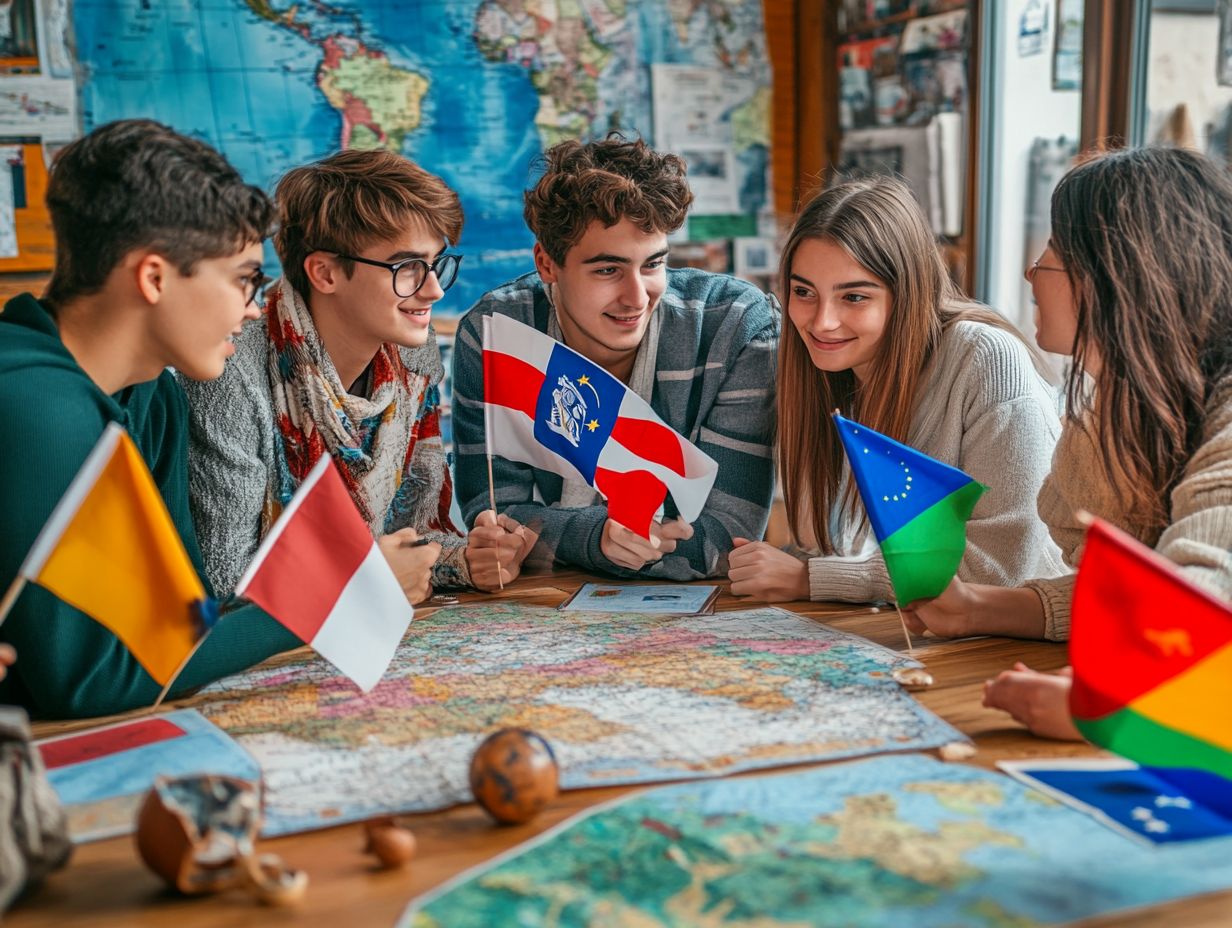
Ideas for cultural immersion and engagement include a range of classroom activities designed to promote cultural exchange and allow you to experience diversity firsthand.
Consider organizing field trips to local cultural festivals, where you can interact with artisans and performers. This allows you to gain deeper insights into various traditions. Inviting guest speakers from diverse backgrounds can further enrich your classroom experience, as they share their personal stories and cultural practices.
Engaging in community projects like collaborating with local cultural organizations for service learning fosters a sense of social responsibility. It also encourages you to appreciate the richness of different cultural heritages.
Through these experiential learning opportunities, you cultivate a greater understanding and respect for differences, significantly enhancing your global awareness.
Navigating cultural misunderstandings in the classroom is crucial for maintaining healthy dynamics. It helps cultivate an atmosphere of respect and acceptance.
By embracing the diversity of your students, you create a richer learning environment where everyone feels valued and understood.
How to Handle and Resolve Cultural Conflicts
Handling and resolving cultural conflicts in the classroom is entirely within your reach through effective resolution strategies that foster empathy. These strategies strengthen the connection between you and your students.
Encouraging open dialogues creates a safe space where students feel comfortable sharing their perspectives and experiences. This approach nurtures critical thinking and helps individuals appreciate diverse viewpoints, which is vital for their personal growth.
Implementing collaborative learning activities amplifies mutual respect and understanding among peers. Incorporating real-world scenarios that reflect cultural diversity allows students to cultivate social awareness, equipping them to navigate interpersonal relationships more adeptly.
A strong foundation of empathy, combined with the ability to critically analyze cultural differences, ultimately leads to a more harmonious classroom environment and enriches the overall educational experience.
Frequently Asked Questions
1. What is the importance of exploring cultural differences in language classes?

Exploring cultural differences in language classes allows students to gain a deeper understanding of the language and its cultural context. Additionally, learning how to explore cultural heritage through language learning promotes cultural awareness and sensitivity, which are crucial in our diverse society.
Start implementing these strategies today to make your classroom more vibrant and inclusive!
2. How can cultural differences be incorporated into language lessons?
Cultural differences can enhance language lessons. By incorporating cultural context in language lessons, discussing customs, traditions, and values can spark engaging conversations.
3. What are some challenges when exploring cultural differences?
Some students may feel uncomfortable with certain topics. Finding appropriate materials for diverse cultures can also be tough.
4. How can teachers address cultural differences respectfully?
Teachers should create a safe and inclusive classroom. Being open to learning about different cultures is vital.
5. What benefits do students gain from exploring cultural differences?
Students develop cultural awareness and improve their communication skills. They gain a broader understanding of the world around them.
6. Can cultural differences be explored in virtual language classes?
Yes! Virtual classes can use technology for cultural exploration. Activities like virtual field trips and online exchanges can enhance learning.
